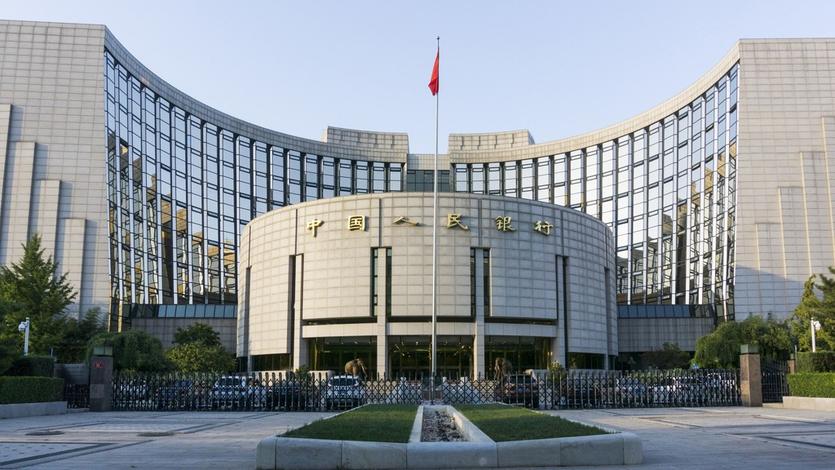 Data from the People's Bank of China showed aggregate financing to the real economy increased by 1.19 trillion yuan ($187 billion) in February from the level in January, but was down by 531.5 million yuan from the same period of 2021. (PHOTO / IC)
Data from the People's Bank of China showed aggregate financing to the real economy increased by 1.19 trillion yuan ($187 billion) in February from the level in January, but was down by 531.5 million yuan from the same period of 2021. (PHOTO / IC)
The less-than-stellar financial data in February should lead to accelerated rollout of supportive policies to boost demand and stabilize economic growth, experts said on Monday.
Data from the People's Bank of China, the country's central bank, showed aggregate financing to the real economy-AFRE-including bank loans, securities and other forms of financing increased by 1.19 trillion yuan ($187 billion) in February from the level in January, but was down by 531.5 million yuan from the same period of 2021. The gauge had surged to 6.17 trillion yuan in January.
... demand from the real economy is still relatively weak. In this sense, supportive government policies should be implemented at a faster pace.
Wen Bin, chief analyst at China Minsheng Bank
Renminbi loans rendered to the real economy expanded by 908.4 billion yuan in February, which was 432.9 billion yuan less than the increase in February 2021.
Domestic equity financing by non-financial enterprises came in at 58.5 billion yuan, down by 10.8 billion yuan year-on-year.
"The AFRE growth rate failed to meet market expectations last month, with the overall structure less satisfactory. It shows that demand from the real economy is still relatively weak. In this sense, supportive government policies should be implemented at a faster pace," said Wen Bin, chief analyst at China Minsheng Bank.
New renminbi loans reached 1.23 trillion yuan in February, down by 125.8 billion yuan year-on-year. Specifically, household loans fell by 336.9 billion yuan year-on-year. Loans to enterprises and public institutions rose by 1.24 trillion yuan in February, whose reading was 3.36 trillion yuan in January.
Companies' expanded medium- and long-term-MLT-loans slowed in February, while short-term loans and bill financing remained relatively strong. This contrast has reflected weaker demand in the real economy, said Wen of Minsheng Bank.
The decline in household loans shows insufficient demand in consumption and home purchases, indicating relatively higher pressure on consumption recovery, he said.
But Wang Qing, chief macroeconomic analyst of Golden Credit Rating, said the slowdown in major financial indicators on a monthly basis can be partly attributed to the Spring Festival holiday, which usually shows seasonal fluctuations. It is also partly due to the relatively high base readings during the same period of 2021.
Besides, banks extended more loans in January and it may be difficult for them to seek new projects in the following month. This can also explain the contraction in companies' MLT loans last month, he said.
This year's Government Work Report, he said, stressed the implementation of a stable monetary policy. Based on the latest financial data, it is necessary to lower the interest rate or the reserve requirement ratio-the proportion of total deposits that lenders must hold as reserves-so that bank loans, AFRE and M2-a broad measure of money supply that covers cash in circulation and all deposits-can be elevated.
In other words, the possibility of further lowering the RRR in the second quarter is rising, he said.
At the end of February, M2 increased 9.2 percent year-on-year to 244.15 trillion yuan. But the growth rate was still down by 0.6 percentage point from a month earlier and down 0.9 percentage point year-on-year.
Renminbi deposits outstanding were 238.61 trillion yuan at the end of February, up 9.8 percent year-on-year.
Wang Yunjin, senior researcher of Zhixin Investment, said rising deposits can be partly attributed to the higher risk-hedging sentiment, given current geopolitical tensions, reflecting lackluster consumption and investment.
Given the mounting external uncertainties, China should come up with stronger policy support, said Wen of Minsheng Bank. The expenditure structure of fiscal policies should be further optimized and overall spending increased. There is a need as well as room to further lower interest rates and the RRR to boost demand and keep economic growth at a reasonable rate, he said.


